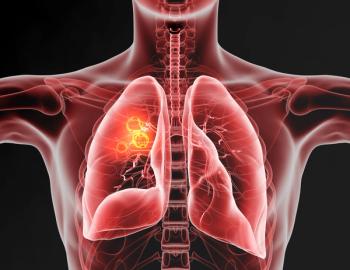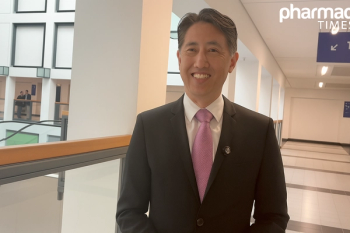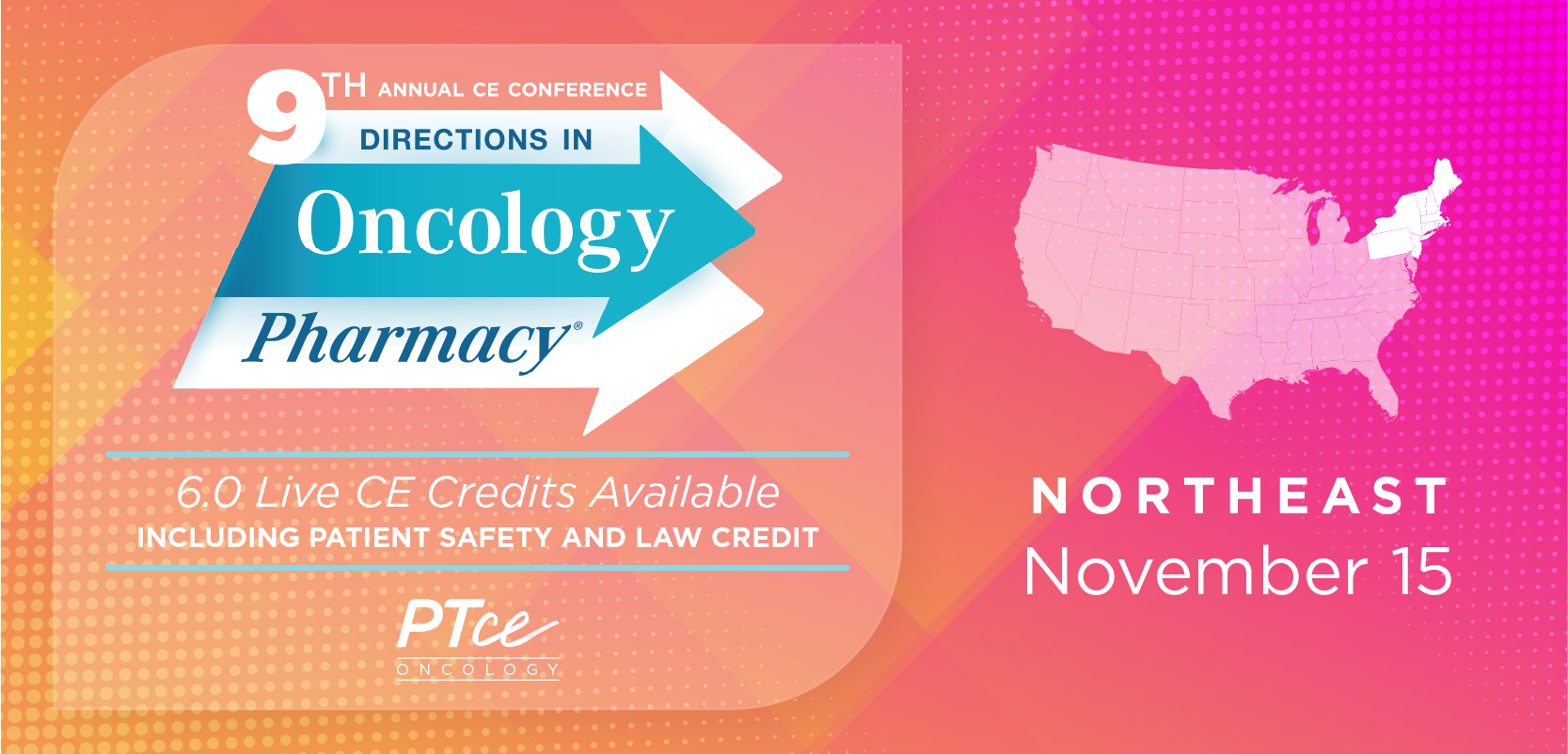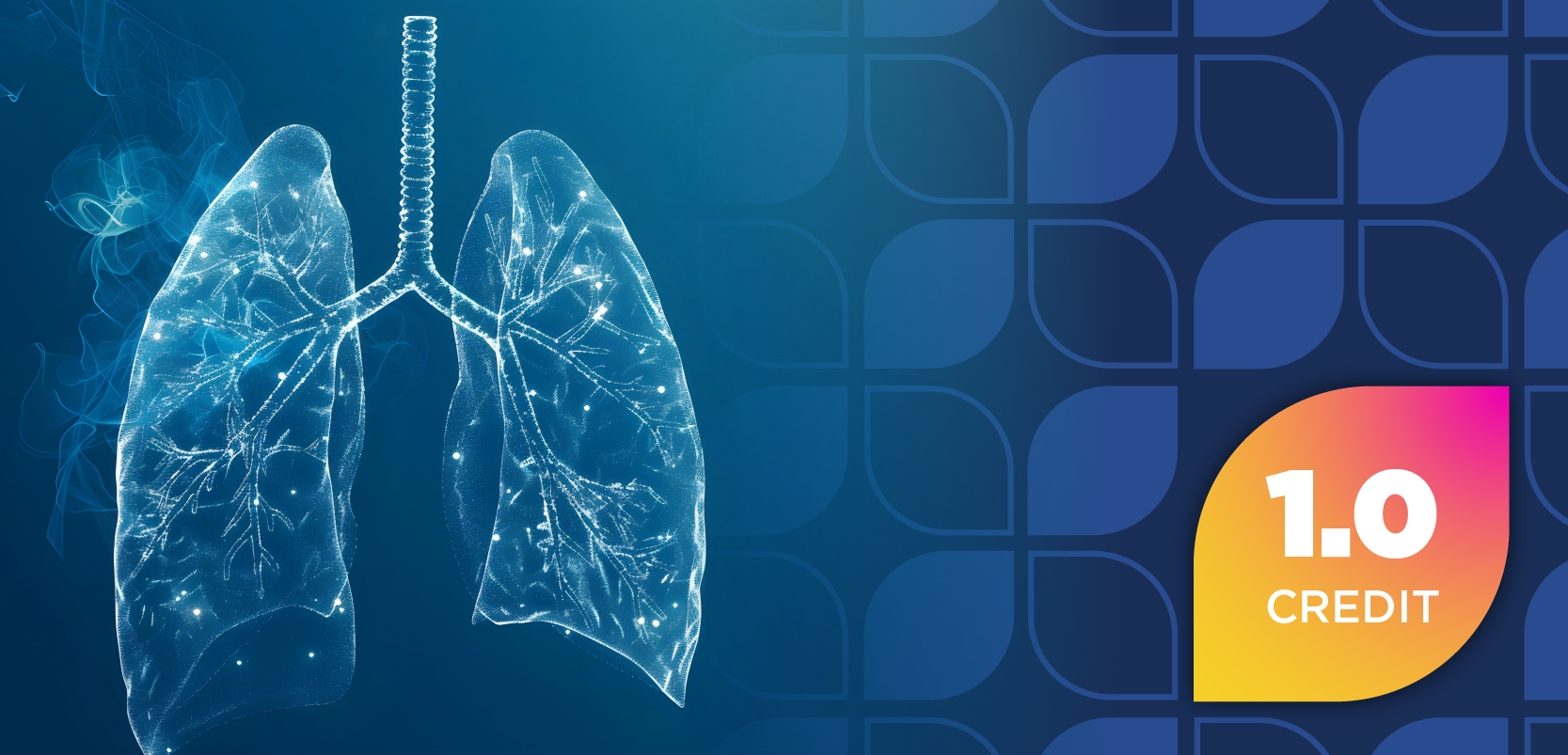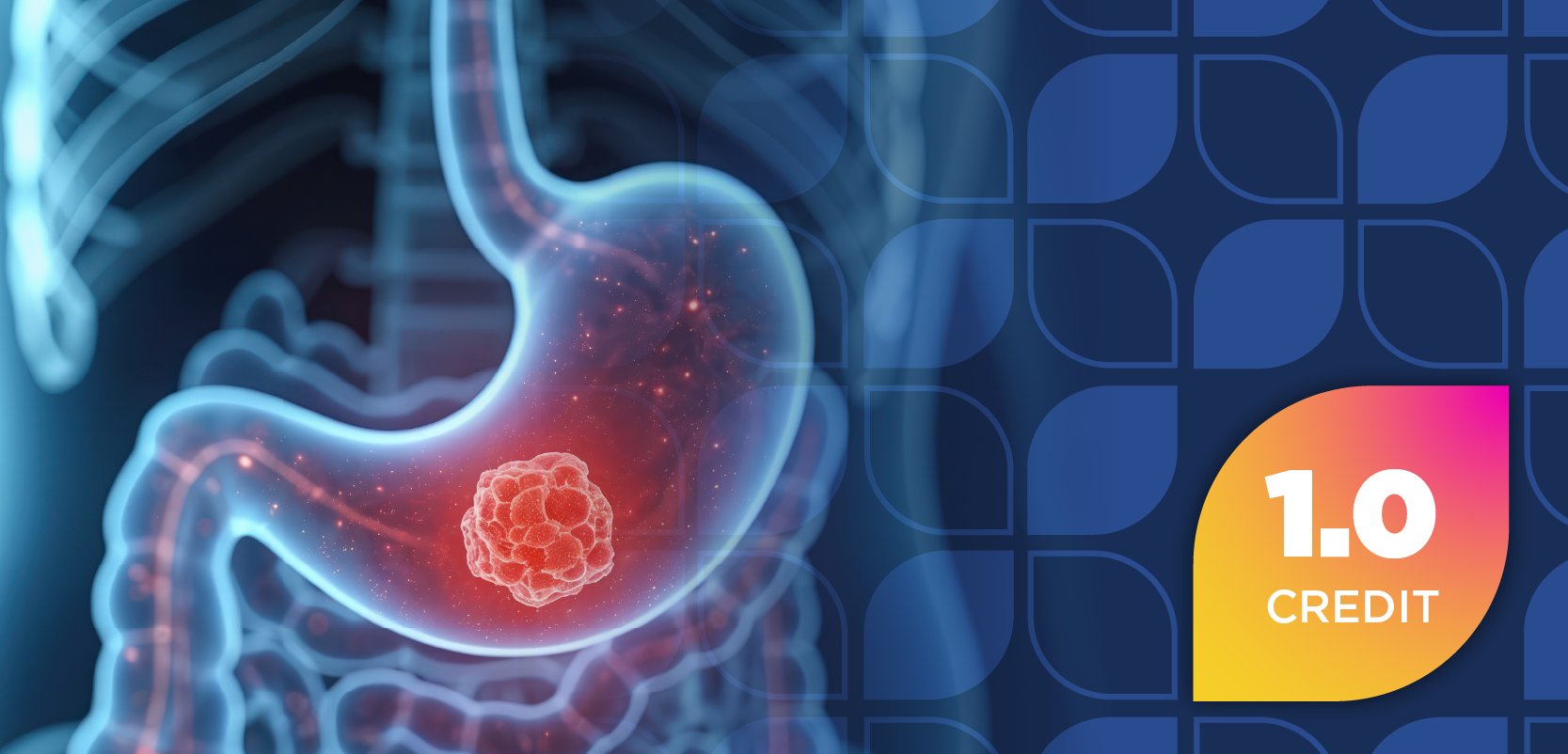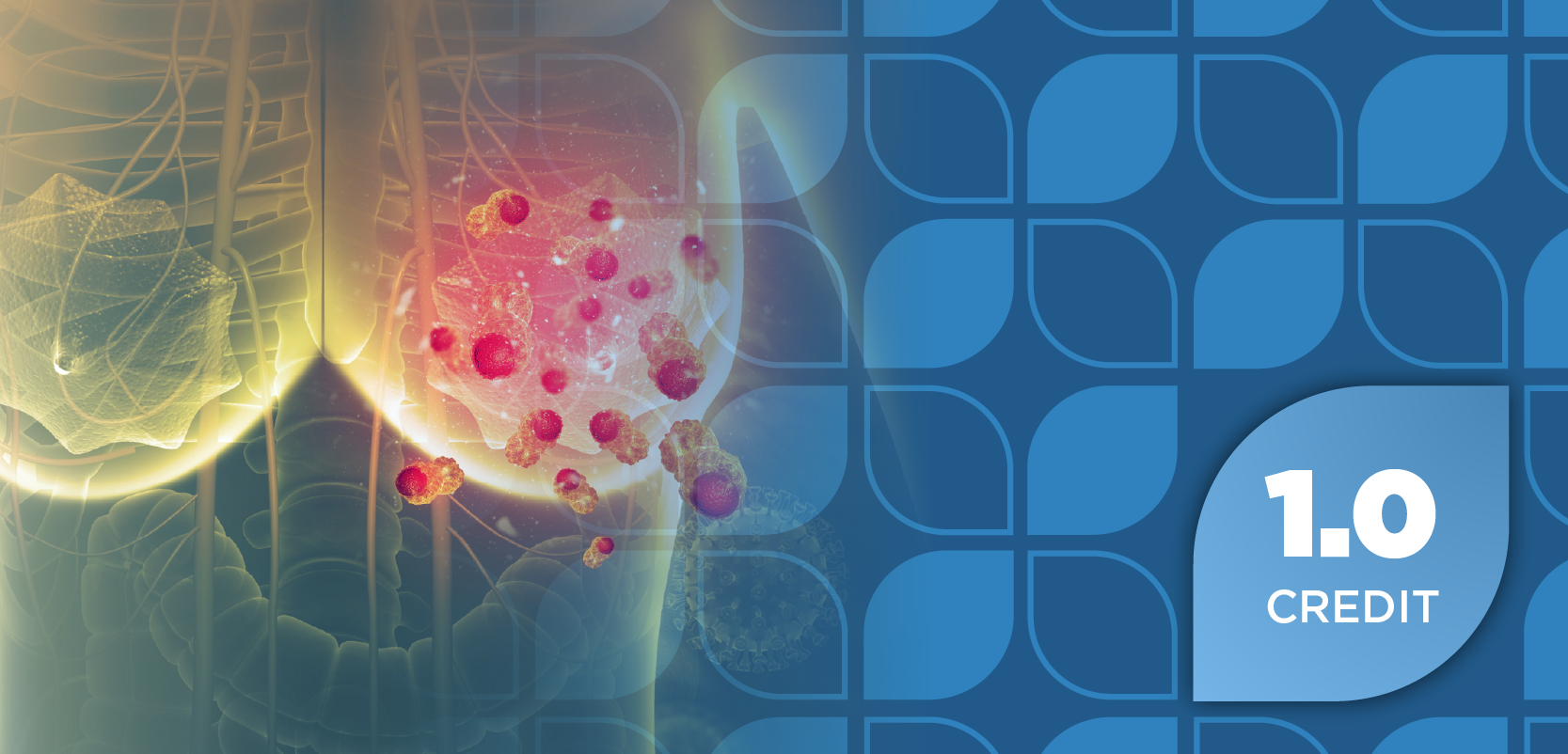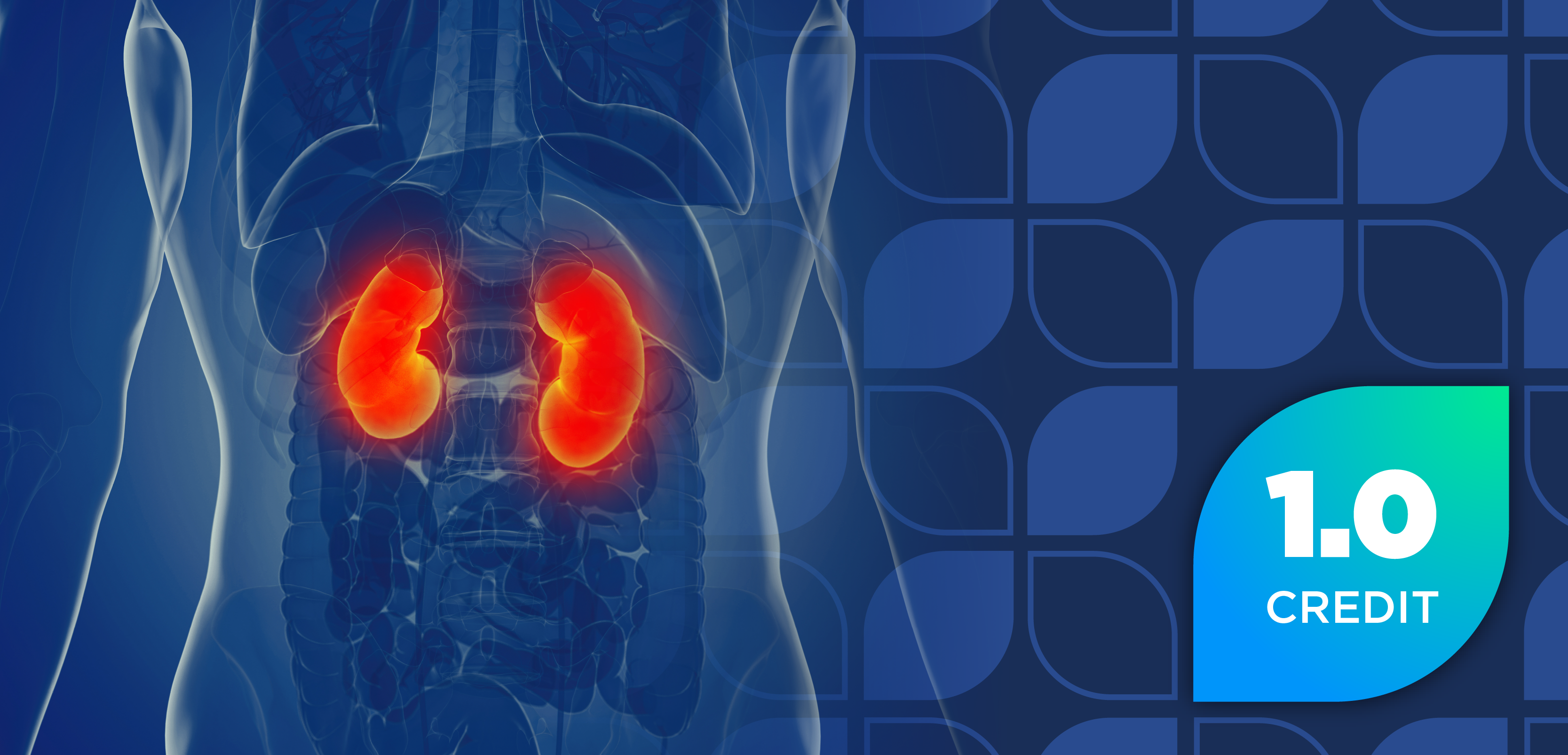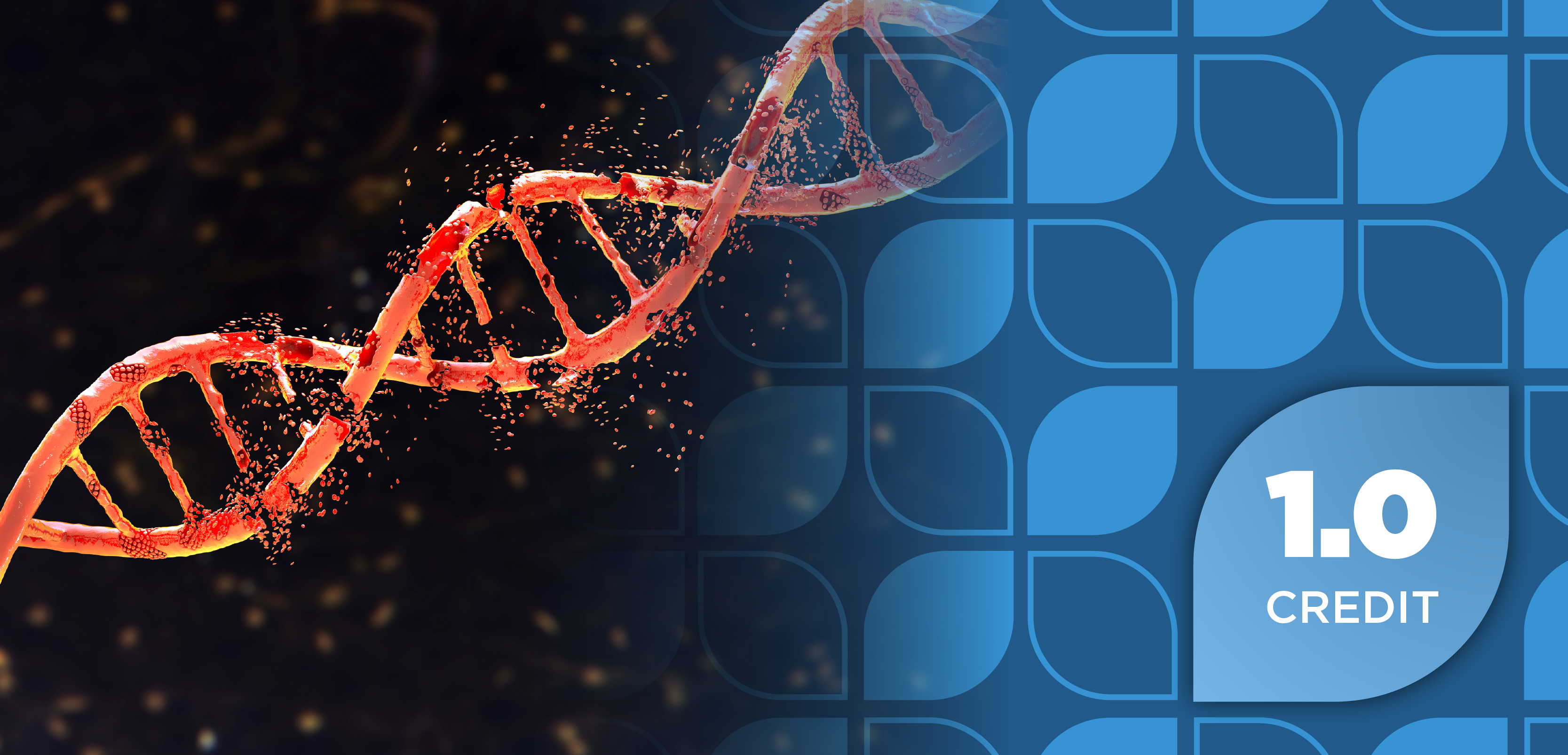
Policy Update: Pfizer Pricing and Pediatric Cancer AI
Key Takeaways
- Pfizer's agreement with the US government targets lower drug prices, focusing on Medicaid, while maintaining biopharmaceutical innovation.
- Pharmacists should prepare for phased implementation, new verification processes, and changes in point-of-sale conversations.
A federal pricing pact with Pfizer and an executive order on pediatric cancer AI may reshape affordability and evidence pathways for pharmacists and patients.
In the space of a single news cycle, 2 policy currents converged on pharmacy practice: Pfizer announced a landmark agreement with the US government “to ensure US patients pay lower prices for their prescription medicines,” and the administration unveiled an executive order to harness artificial intelligence (AI) against childhood cancers.¹ These stories, told in the matter-of-fact cadence of press lines and live-desk updates, carry practical consequences for access, costs, and the data that inform bedside decisions.²,³
What Pfizer Said, and What It Signals
Pfizer characterized the deal as “historic,” pairing a commitment to lower patient costs with assurances that America’s biopharmaceutical engine would keep humming.¹ The release’s plainspoken promise—lower prices without stalling innovation—aims to quiet the old quarrel between affordability and discovery, even as pharmacists wait for the fine print that turns rhetoric into remittance advice and payer edits.¹ In same-day coverage, reporters highlighted headline mechanics and timelines, describing a framework intended to bring US prices closer to those in other developed markets and to target Medicaid costs specifically, signaling that implementation could begin where public programs have the most leverage.²,³ The immediate counsel for pharmacy leaders is simple but sober: monitor the state and plan communications, anticipate phased adoption, and prepare front-end teams for new verification steps once payer rules and product lists are published.²,³
How This Lands at the Counter
If the agreement translates into new Medicaid benchmarks and direct-purchase pathways, point-of-sale conversations will change. Co-pay estimates, coupon programs, accumulator rules, and 340B Drug Pricing Program cash-pay encounters could all be touched, especially for chronic primary-care therapies where patients feel every dollar in their monthly totals.²,³ Until official notices arrive, pharmacists should set expectations clearly: Savings mechanisms may roll out in stages; eligibility will be plan-specific; and clinicians will need to match patients to the correct channel, traditional benefit, manufacturer support, or any new direct-purchase option, without compromising continuity of care.²,³
A Companion Development: AI for Pediatric Oncology
On the same date, the White House announced an executive order aimed at scaling the use of AI in pediatric cancer research and care. News coverage framed the action plainly: an order “to enhance the use of artificial intelligence in pediatric cancer research,” including new federal dollars intended to accelerate grants and data infrastructure.⁴ Officials described a near-term funding boost, reportedly an additional $50 million, that would support algorithm development, clinical-trial matching, biomarker discovery, and earlier, more accurate diagnoses.⁴,⁶ CNN’s reporting focused on the initiative’s research arc and the promise of building upon existing federal data efforts in childhood cancer, while USA Today distilled the budget line to its essence: another $50 million annually.⁵,⁶ The tone across outlets was hopeful yet practical, acknowledging that long-term momentum depends on appropriations and on the methodical work of validating tools for real-world pediatric use.⁴,⁶
Where Pharmacists Fit In
Pharmacists will be central to translating both developments into practice. On pricing, that means verifying benefit design changes as they go live, counseling patients on the most cost-effective channel without disrupting therapy, and closing safety gaps that can open when coverage shifts create forced substitutions.²,³
In pediatric oncology, it means evaluating AI-enabled tools with the same rigor applied to any clinical decision support: What data trained the model (pediatric-specific or extrapolated from adults)? How was it validated (external sites, prospective cohorts)? How are bias, equity, and safety monitored over time? And how exactly do outputs affect dosing, trial eligibility, adverse-event prediction, or supportive-care pathways inside electronic health records (EHRs)?⁴,⁶ These are not academic footnotes; they are the scaffolds that keep enthusiasm from outpacing evidence in a population where margins for error are razor-thin.
Defining Terms and Guarding Against Shortcuts
Abbreviations such as artificial intelligence (AI), most-favored nation (MFN) pricing, National Cancer Institute (NCI), and the Childhood Cancer Data Initiative (CCDI) should be introduced with care. In coverage of the executive order, the rationale for AI is intuitive: better pattern recognition, faster trial matching, and smarter toxicity forecasting, but the discipline is in the deployment.⁴,⁶ As tools surface in EHRs, pharmacy and therapeutics committees can set guardrails such as requiring transparent model cards and pediatric-appropriate end points (eg, event-free survival and treatment-limiting toxicities) and clear off-ramps when clinical judgment diverges from algorithmic suggestion.⁴,⁶
Practical Checklists for the Next 90 Days
- For the pricing pact, track payer bulletins; flag any state Medicaid changes; map which medications by National Drug Code, strength, and form are included as specifics are released; and prebrief front-end staff on new eligibility flows.²,³
- For the pediatric AI order, inventory any AI-linked modules proposed for oncology service lines, request validation summaries, confirm pediatric dosing safeguards, and document pharmacist oversight in policy.⁴,⁶
Conclusion
The week’s headlines speak in declaratives—“historic agreement,” “AI to fight cancer”—but practice evolves in clauses and commas, eligibility criteria, plan rules, dose adjustments, and counseling notes.⁴,⁶ The pharmacist’s task is to hold the line between promise and proof, ensuring that lower prices translate into sustained adherence and that new algorithms translate into safer, smarter pediatric care.
REFERENCES
Pfizer reaches landmark agreement with US government to lower drug costs for American patients. Pfizer. News release. September 30, 2025. Accessed October 1, 2025.
https://www.pfizer.com/news/press-release/press-release-detail/pfizer-reaches-landmark-agreement-us-government-lower-drug Bose N, Wingrove P. Pfizer does deal with Trump on prescription drug prices. Reuters. October 1, 2025. Accessed October 1, 2025.
https://www.reuters.com/business/healthcare-pharmaceuticals/trump-announce-pfizer-drug-price-cuts-2025-09-30/ Constantino AK. Trump, Pfizer agree to lower US drug prices, exempt company from pharma tariffs. CNBC. September 30, 2025. Accessed October 1, 2025.
https://www.cnbc.com/2025/09/30/trump-pfizer-drug-price-agreement.html Stancy D, Singman B. Trump signs executive order to harness AI in fight against childhood cancers. Fox News. September 30, 2025. Accessed October 1, 2025.
https://www.foxnews.com/politics/trump-signs-executive-order-harness-ai-fight-against-childhood-cancers Christensen J. After cuts to research funding, Trump pledges millions for pediatric cancer initiative involving AI. CNN. September 30, 2025. Accessed October 1, 2025.
https://www.cnn.com/2025/09/30/health/pediatric-cancer-initiative-ai Ramaswamy SV. Trump doubles funding for AI-enabled pediatric cancer research. USA Today. September 30, 2025. Accessed October 1, 2025.
https://www.usatoday.com/story/news/politics/2025/09/30/trump-ai-pediatric-cancer-research-funding/86442214007/
Newsletter
Stay informed on drug updates, treatment guidelines, and pharmacy practice trends—subscribe to Pharmacy Times for weekly clinical insights.

